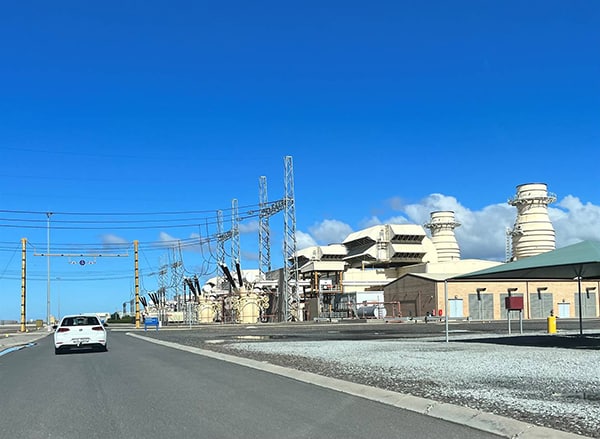Robin Hayes questions the economics of gas to power proposals of the new IRP.
THE 2023 Integrated Resource Plan (IRP) released by the Department of Minerals Resources and Energy (DMRE) in December last year has been roundly pilloried by academics, energy experts and most journalists alike as being ‘shoddy’.
Deeper analysis of the IRP (by others) indicates that by 2030 gas to power (GTP) will provide up to 12GW of the total of 82GW that the country is projected to need to satisfy economic and population growth,
Gas to the rescue?
The exemplary performance of Eskom’s two OCGT (Open cycle gas turbine) plants – originally intended for peak lopping and an emergency backup for Koeberg, in the case of the Ankerlig station has proved invaluable in the delivery of fairly continuous output of more than 2GW ever since loadshedding began some 15 years ago.
Why the Government didn’t install more of these gas to power plants to combat the energy shortfall is probably the same reason why it’s taken them more than 10 years to produce the Gas Master Plan, which incidentally still hasn’t been released for public comment since its supposed completion in October last year.
It seems like a no brainer as both the OCGT plants constructed by Eskom in 2007/8 were completed in less than two years and the more modern CCGT (combined cycle gas turbine) plants offer greater efficiencies of up to 65%.
If we discount the two OCGT plants at Ankerlig (Atlantis) and Gourika (Mossel Bay) and the proposed the 3GW planned installation at Richards Bay currently under contention by environmental groups, would mean that of the possible 12GW total, 9GW or so of new builds is needed to meet the IRP target in 2030.
Where is the gas coming from (maybe)
It is abundantly clear, according to industry sources, that the majority of the gas would be imported as the vast quantities required are unlikely to be realised in this timeframe by even a combination of our 60 trillion cubic feet (TCF) off shore and less than 100 TCF onshore estimates.
Reality check: 1,5GW continuous generation will consume about 1 TCF per decade but local large scale gas production has still to get out of the starting blocks.
A potential ‘saviour’ for this level of power production could come from the Orange Basin in the deepwater offshore, across the border from where they have made the largest discoveries in West African oil and gas history.
Our Namibian neighbours will be boasting about 10 billion barrel equivalent resources, while we can’t even get seismics going due to a combination of ignorance and paid-for antagonism by ‘renewables’ and environmental lobby groups.
Imported LNG needs offtake infrastructure to be developed in Richards Bay, Coega, Saldanha or wherever, and from there to the eventual CCGT plant (wherever that might be situated!) would have to be by pipeline.
There’s no indication in the IRP where these plants might be located or the infrastructure necessary to transport the gas from origin to turbine.
Renergen’s CEO Stefano Marani adds that any LNG brought into the country will most likely be gasified at that scale, so transport is only possible via pipeline. 12GW represents something over 2m gigajoules per day which is many times more than the current pipeline infrastructure can handle, so solving the grid connections may be easier than solving natural gas transport lines.
That said, people always come up with creative ways to solve a problem, so it will be interesting to see who submits bids.
Hopefully the Gas Master Plan will, when released to the public, answer some of the obvious questions that the IRP raises but in the meantime, those involved in the extraction of natural gas on shore at least, are non- committal over GTP and who would blame them.
As one said: “… very little onshore gas will go to power anyway (at least, in the field). It is being targeted, for now, at thermal industries and transportation fuel, as compression to pipeline and conversion to CNG and LNG are all more commercially attractive than GTP; with both Eskom and NERSA standing in the way of commerciality. It’s an interesting situation, in a power-starved country…”















